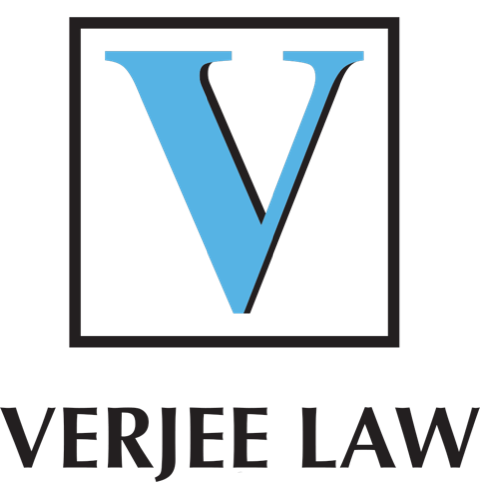Ontario Recognizes New Privacy Tort: Publicity Placing a Person in False Light
In Yenovkian v Gulian, 2019 ONSC 7279 [Yenovkian], the Ontario Superior Court of Justice recognized for the first time in Canada a fourth privacy tort of publicity placing a person in false light. Other privacy torts that have previously been recognized in Canada include (1) intrusion upon the plaintiff’s seclusion or solitude, or into private affairs, (2) public disclosure of embarrassing private facts about the plaintiff, and (3) appropriation, for the defendant’s advantage, of the plaintiff’s name or likeness.
Yenovkian originated as a family law dispute, but led to cross-claims in nuisance, harassment, intentional infliction of mental suffering, and invasion of privacy after the husband engaged in an abusive “cyberbullying campaign”, portraying his wife in a negative light. Through webpages, a YouTube channel, and an online petition, he accused his wife of, among other things kidnapping, fraud, and child abuse. These were posted online and sent to his wife’s family, friends, business contacts, and cultural and church associates.
In finding that the husband had invaded his wife’s privacy, the Court recognized the new tort of “publicity placing a person in false light”. This tort has long been accepted in U.S. law. The Court, at paragraph 170, accepted the formulation of the tort as it currently exists in U.S. caselaw and outlined the elements as follows:
Publicity Placing Person in False Light
One who gives publicity to a matter concerning another that places the other before the public in a false light is subject to liability to the other for invasion of his privacy, if
(a) the false light in which the other was placed would be highly offensive to a reasonable person, and
(b) the actor had knowledge of or acted in reckless disregard as to the falsity of the publicized matter and the false light in which the other would be placed.
The Court went on to explain that this new tort is similar to the already existing torts of defamation and public disclosure of private facts. However, the Court differentiates the two causes of action by stating:
[171] …while the publicity giving rise to this cause of action will often be defamatory, defamation is not required. It is enough for the plaintiff to show that a reasonable person would find it highly offensive to be publicly misrepresented as they have been. The wrong is in publicly representing someone, not worse than they are but as other than they are. The value at stake is respect for a person’s privacy right to control the way they present themselves to the world.
[172] It also bears noting this cause of action has much in common with the tort of public disclosure of private facts. They share the common elements of 1) publicity, which is 2) highly offensive to a reasonable person. The principal difference between the two is that public disclosure of private facts involves true statements, while “false light” publicity involves false or misleading claims…
[173] It follows that one who subjects another to highly offensive publicity can be held responsible whether the publicity is true or false. This indeed, is precisely why the tort of publicity placing a person a false light should be recognized. It would be absurd if a defendant could escape liability for invasion of privacy simply because the statements they have made about another person are false.
[174] Moreover, it is likely that in the course of creating publicity placing a person in a false light, the wrongdoer will happen to include true, but private, facts about the person whose privacy is invaded…
In assessing damages for the tort of publicity placing a person in a false light, the Court, at paragraph 190, determined that the harm suffered was akin to defamation, and so adapted the framework for damages from a well-established defamation case to the new privacy tort:
- The nature of the false publicity and the circumstances in which it was made,
- The nature and position of the victim of the false publicity,
- The possible effects of the false publicity statement upon the life of the plaintiff, and
- The actions and motivations of the defendant.
The issues of what affirmative defences are available to defendants in such proceedings was not canvassed by the Court in Yenovkian. In examination of U.S. caselaw, these defences will likely be similar to those defences available for defamation, including, justification, fair comment, responsible communication or privilege.
As the tort of publicity placing a person in false light encroaches on defamation, it remains to be seen how this new tort will accord with defamation and the scope of its application.
The Yenovkian decision highlights a gap in Canadian privacy laws and extends protections to individuals who have had false allegations made against them publicly. It remains to be seen whether other jurisdictions will follow suit and recognize the new tort.


Reach Us
Suite 200, 128 – 2nd Ave S.E.
Calgary, AB T2G 5J5

